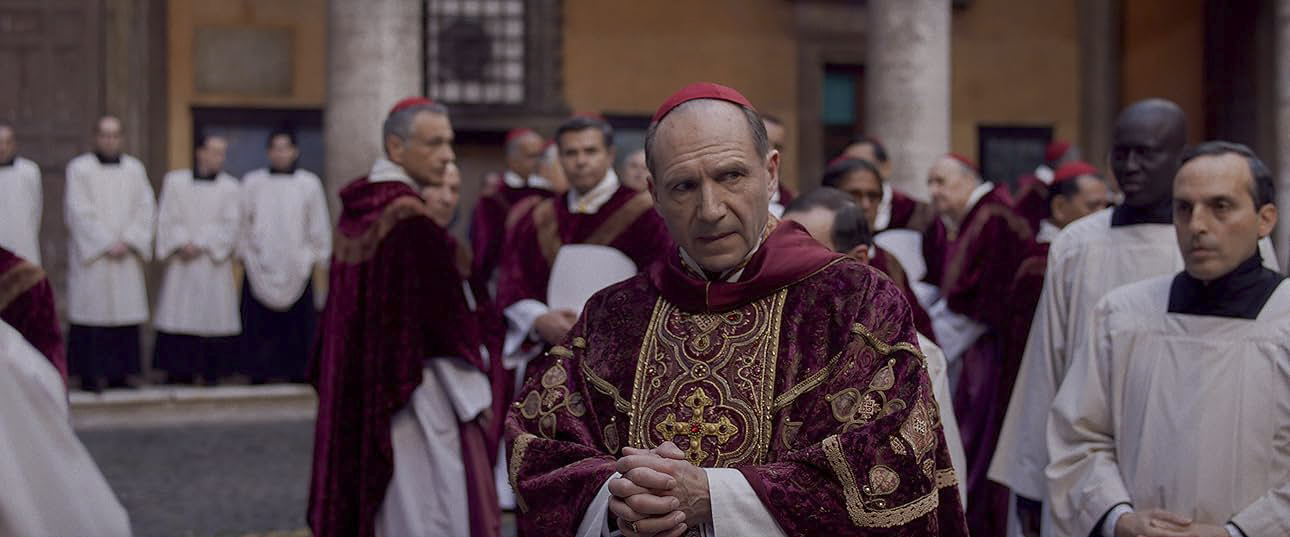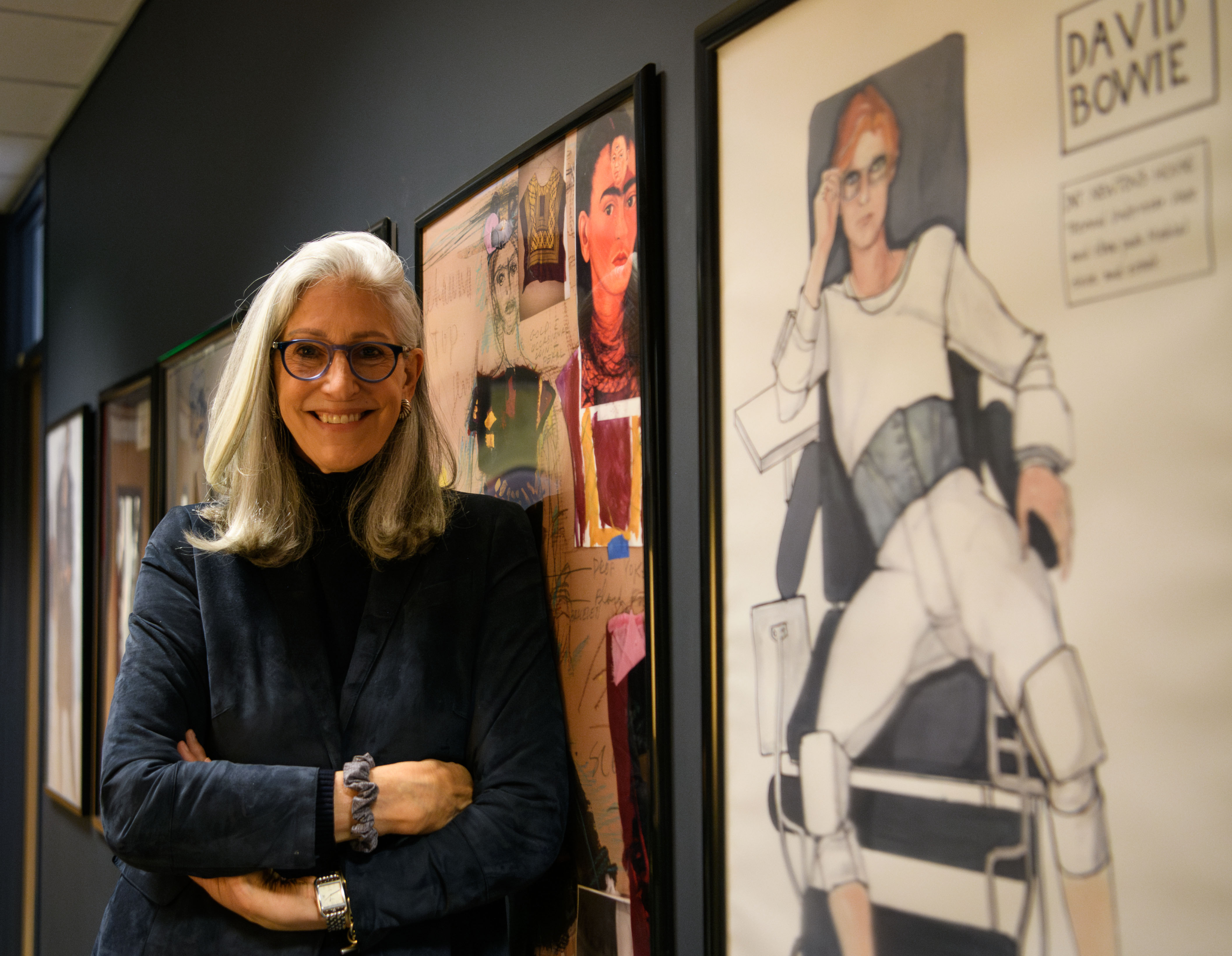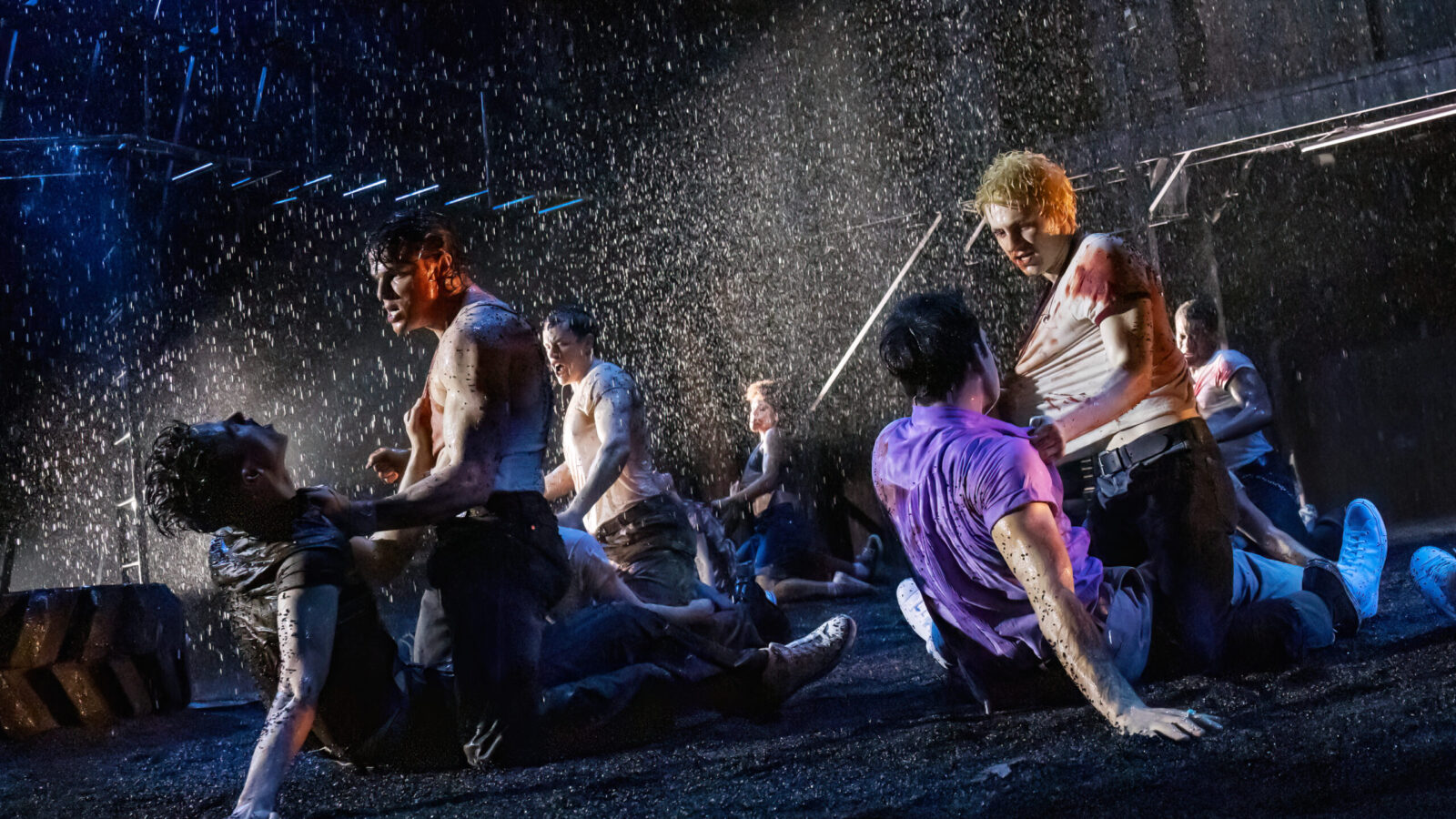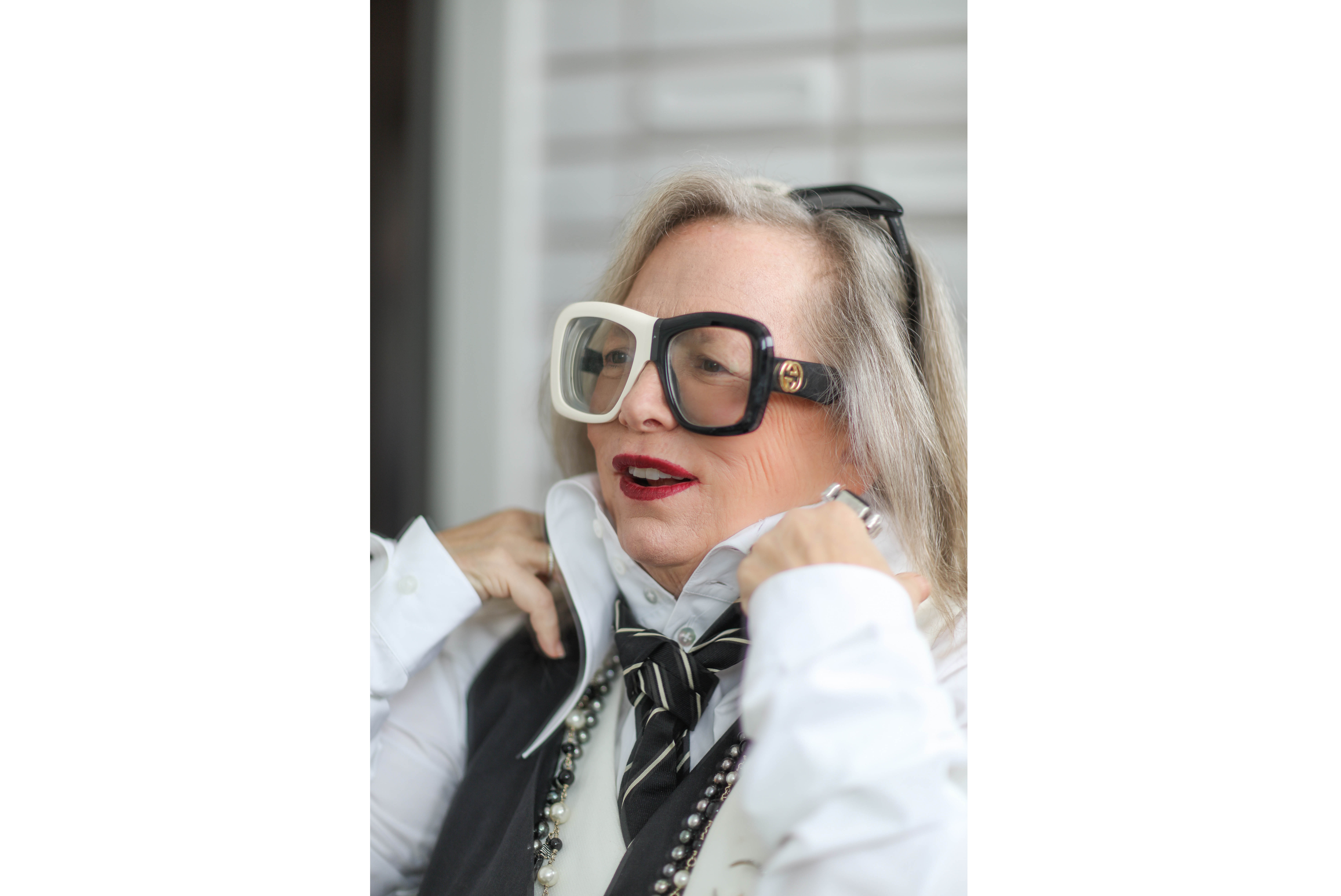Oscars 2025 Q&A: Oscar-nominated ‘Conclave’ costume designer talks religious fashion, research

Ralph Fiennes clasps his hands together in a still from the 2024 drama film “Conclave.” The film will be up for eight Academy Awards on Sunday, including Best Picture. (Courtesy of Focus Features)
By Martin Sevcik
Feb. 27, 2025 6:17 p.m.
This post was updated Feb. 27 at 7:24 p.m.
Lisy Christl faithfully brought Vatican vestiges to the silver screen.
Edward Berger’s political thriller “Conclave,” which captures clashing ideologies and personalities amid the voting process for the next Catholic pope, is nominated for eight Academy Awards at Sunday’s ceremony, including Best Picture. Among the nominees is Christl, a German costume designer receiving her second Oscar nomination, who adapted the church’s fashion – from silver crosses to red cassocks – while changing it in small ways to better characterize the film’s strong personalities.
Christl spoke with the Daily Bruin’s Martin Sevcik about respectfully adapting – and deviating from – the church’s vestiges.
This interview has been edited for length and clarity.
[Related: Q&A: Craig Cockerill discusses filming process of ‘Deep Fake: Rise of Whisper Breach’]
Daily Bruin: When you were asked to work on “Conclave,” what excited you about the project?
LC: It’s maybe one of the most secretive environments in the world. To get the chance to work on a movie about this world – with the permission to do the research and to find your own language in this world – is simply a dream.
DB: What was the research process for this film? What kind of access do you have to the Catholic Church and other sources?
LC: You don’t have to knock on the door of the Vatican to do the research about this world. This religion has a very long tradition. It’s very complex research, because there is not a book “The A to Z About the Vestment of the Catholic Church.”
So I read a lot. I went a lot to museums, to archives. And then at a certain point, we decided that we will change it a little bit here and a little bit there – a new interpretation.
DB: One of the most notable deviations from the Catholic Church’s real world modern fashion is the shade of red you chose for the cassocks. Could you tell me how you settled on that particular shade of red?
LC: In Rome, you are surrounded by this world of old Italian families. They all have at least one cardinal in their family. There is a very rich world of wonderful old paintings.
I worked with a textile artist for many, many years, and I showed her a few of these portraits. She started with the dyeing process. And then at the end you have two or three shades, and then you do a camera test in the right environment. We have chosen the right, most embracing red in the film.
DB: Did you have any ideas for costumes or jewelry that did not make it into the final film?
LC: No. The interesting thing is, I thought everybody would realize immediately the changes we have done, but the contrary is the case.
If you do movies like this, it’s not about going crazy – giving a cardinal a track suit. What we did is, in a subtle way, we moved this world and made it our world – but really, really subtle. The approach was always with the utmost respect.
DB: After working on this film, has anything changed about the way that you view religious fashion?
LC: When I started my research, I thought it’s all by strict rules, and there is no liberty. But there is a lot of liberty in this world. It’s difficult to explain. It’s like I learned to read this language, and there is still a lot to learn, but it’s very interesting.
DB: You’re working on a book about clothing in the Catholic Church. Can you tell me a little bit more about that book?
LC: I would like to have something – a condensation of the groundwork I had to do before I was able to start with the creative process (for “Conclave”). What is important and what is practical about the Catholic orders, about the hierarchy in the church and about the whole world around liturgical investment and daily vestment from the Catholic Church.
I would love to do this for all the world religions, but I’m born and raised Catholic, and so I start in my own world.
[Related: Q&A: Michelle Liu Carriger’s awarded research weaves fashion in theater with identity]
DB: Did you begin working on that book because of this film?
LC: I did a movie with Terrence Malick. I love to understand whatever I do. Why there is a certain amount of buttons, why a bishop has this color and cardinal this color. When I did the Terence Malick movie, I did it by the books, and there was also a consultant, but I did not really understand the whole meaning of this world.
Maybe two years before I met Edward Berger and learned I’m going to do “Conclave,” I started very personal research. And at a certain point I thought, “Why not work on a book?”





